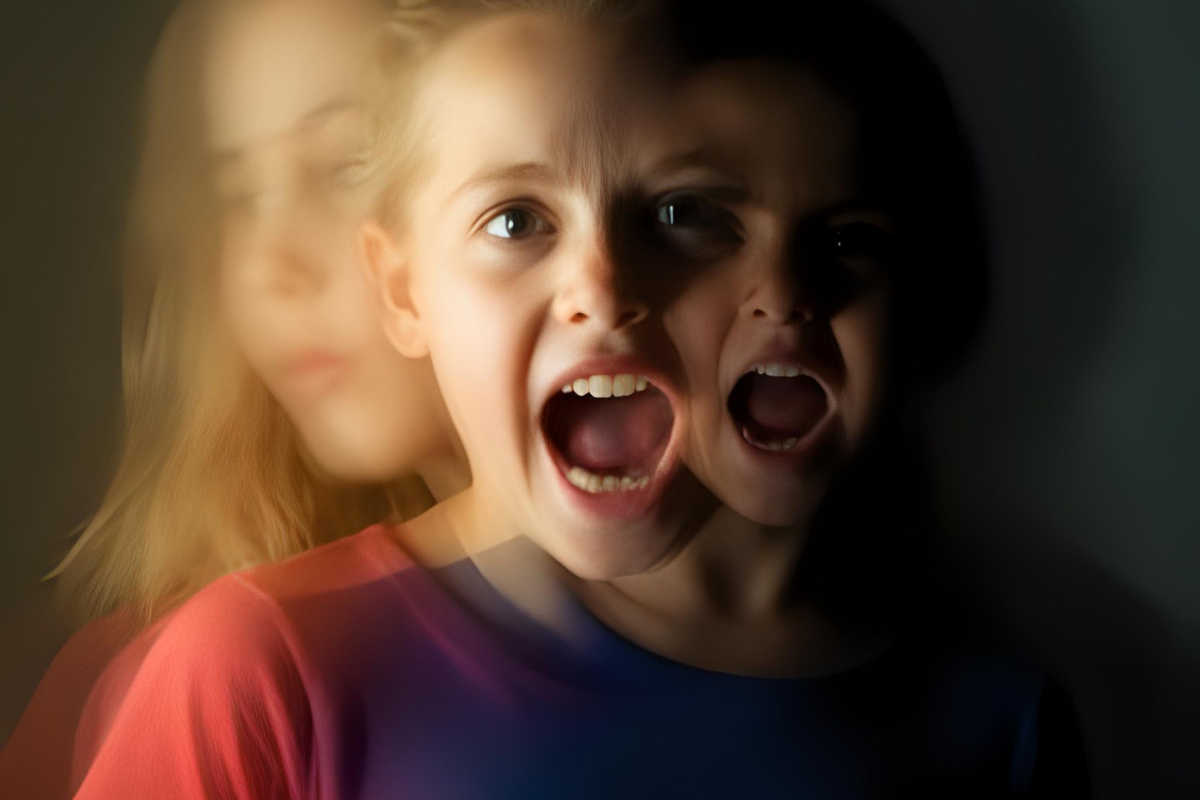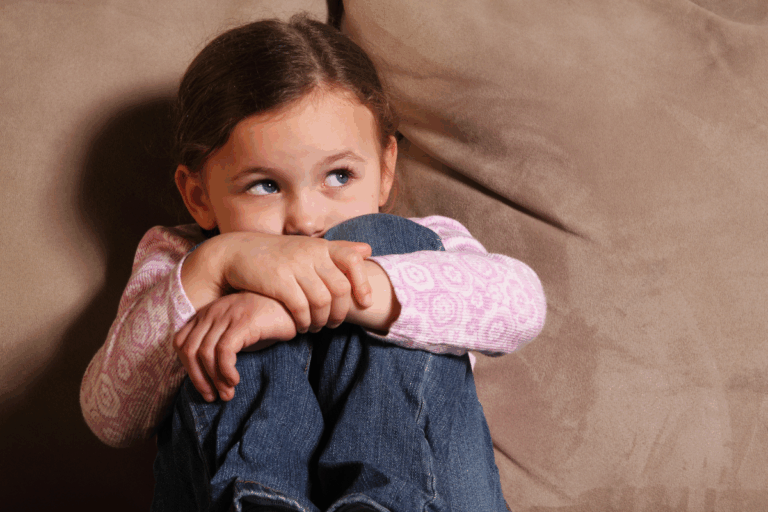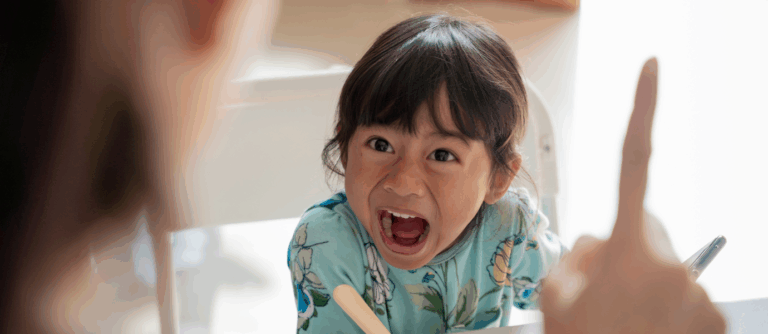
When a child’s moods feel like an unpredictable tide—sudden, intense, and confusing—parents and teachers can be left feeling helpless, guilty, or worried they’re missing something important. While symptoms can start in childhood, diagnosing bipolar disorder in young people is a rare and complex process. Studies indicate anywhere from 1.8% to 4% of people under the age of 18 will be diagnosed with bipolar disorder. It doesn’t always look like the “classic” adult picture of distinct manic highs and low lows. Instead, it can be messy, overlapping with tantrums, ADHD, anxiety, or mood dysregulation—and that’s why recognition and thoughtful, careful evaluation are all the more important.
Signs of Bipolar in Children
Children with bipolar disorder often show patterns that are different from typical moodiness or developmentally expected behavior. Watch for clusters of symptoms that form episodes — sustained periods (not just a day or two) of unusually elevated energy or unusually low mood.
Common signs include:
- Pronounced mood swings that last days to weeks, not just hours. These can include extreme irritability or explosive temper during “up” periods and deep sadness, withdrawal, or tearfulness during “down” periods.
- Behavioral changes that are out of character, such as marked grandiosity (unrealistic plans or beliefs), rapid speech, decreased need for sleep, or risky behavior during elevated periods.
- Severe temper outbursts and persistent irritability. These can look similar to Disruptive Mood Dysregulation Disorder (DMDD) or oppositional behavior, so clinical context and history matter.
- Functional decline at school or home, such as falling grades, social withdrawal, or conflict with peers and family during mood episodes.
Because symptoms can overlap with ADHD, anxiety, and other behavioral disorders, a key question for clinicians is whether a child’s moods are episodic, occurring in distinct episodes, or chronic and pervasive, which is more typical of other conditions. This distinction is crucial for guiding a proper diagnosis and treatment plan.

Causes of Bipolar Disorder in Children
There isn’t a single cause. Bipolar disorder arises from a mix of factors that interact across biology, development, and environment.
- Genetic vulnerability. Family history is one of the strongest risk indicators. Children with a first-degree relative who has bipolar disorder have a higher risk.
- Neurobiology. Differences in brain circuits that regulate mood, sleep, and reward processing likely contribute. Research points to complex interactions of neurotransmitters and brain network development in Pediatric Bipolar Disorder.
- Developmental stressors and environment. Early life stress, trauma, and family disruption can influence onset and severity, though they are not sole causes. Environmental factors often interact with genetic risk to shape when and how symptoms emerge.
- Overlap with other diagnoses. High rates of comorbidity (ADHD, anxiety, substance use in adolescents) complicate the picture; sometimes a child receives multiple diagnoses that need careful disentangling.
It helps to think of bipolar disorder as a vulnerability that can be triggered or shaped by life events and developmental changes — not a single, clear-cut cause.
Treatment for Bipolar Disorder in Children
Early, accurate assessment followed by a combination of treatments tends to produce the best outcomes. The American Academy of Child & Adolescent Psychiatry and specialty literature recommend a multimodal approach: medication when indicated, psychotherapy, parent/family support, school collaboration, and careful monitoring.
Here’s what that typically looks like:
1. Careful diagnostic assessment
A thorough evaluation includes developmental history, family psychiatric history, structured interviews when possible, and collateral reports from schools and caregivers. Differentiating bipolar disorder from ADHD in children, DMDD, and other mood or behavioral disorders is critical before starting long-term treatments.
2. Medication (when needed and under specialist care)
For many children with clear bipolar presentations, mood stabilizers (like lithium) or certain atypical antipsychotics are used; dosing and monitoring require pediatric psychiatric expertise because of side effects and the need for lab monitoring. Medication aims to reduce the severity of manic and depressive episodes and stabilize mood over time.
3. Psychotherapy
Evidence-based therapies help manage symptoms and build coping skills:
- Family-focused therapy (education, communication, problem-solving) can reduce relapse and improve family functioning.
- Cognitive-behavioral approaches adapted for youth can target depressive symptoms, sleep routines, and problem-solving.
- Skill-based interventions for emotion regulation and social skills can be especially helpful for school and peer relationships.
4. Practical supports: sleep, routine, and school plans
Sleep disruption often worsens mood cycling; stabilizing routines, sleep hygiene, and regular daily structure are practical, powerful interventions. Collaborating with the school to create an Individualized Education Plan (IEP) or 504 plan can help with academic accommodations and behavioral supports.
5. Ongoing monitoring and safety planning
Because bipolar disorder increases risk for self-harm and suicide in youth, ongoing safety assessment and crisis planning are essential. Regular follow-up allows adjustment of treatments, management of side effects, and attention to emerging issues like substance use.
Practical Tips for Caregivers: How to Support a Child with Bipolar Disorder

- Keep a mood and sleep log. Documenting patterns helps clinicians spot episodes and triggers.
- Prioritize consistent sleep and daily routines — these are often underrated mood stabilizers.
- Practice calm, predictable responses during emotional outbursts; set firm but compassionate limits.
- Learn about the disorder and find a clinician experienced in pediatric mood disorders. Ask about monitoring plans for any medication.
- Coordinate care across clinicians, teachers, and family members so the child has consistent expectations and supports everywhere they spend time.
Final Thoughts
Watching a child struggle with intense, changing moods can be heartbreaking and confusing. You don’t have to figure it out alone. A careful assessment, a deliberate treatment plan, and loving, consistent support can change a child’s path. If you’re worried, reach out to a pediatric mental health specialist — ask about thorough evaluations, family-focused therapy, and safe medication monitoring if needed. Small steps — a mood log, a sleep routine, a supportive appointment — can make a big difference.
Responsibly edited by AI
Other Blog Posts in
Animo Sano Psychiatry is open for patients in North Carolina, Georgia and Tennessee. If you’d like to schedule an appointment, please contact us.
Get Access to Behavioral Health Care
Let’s take your first step towards. Press the button to get started. We’ll be back to you as soon as possible.ecovery, together.





